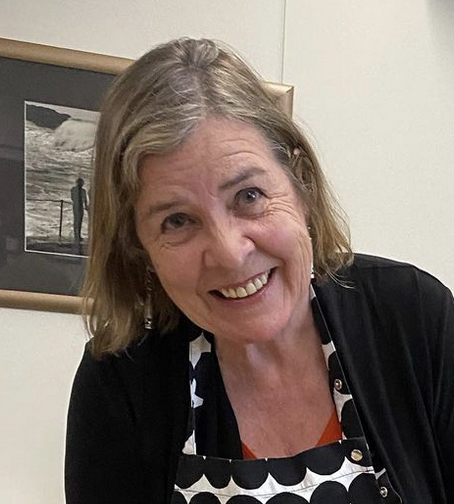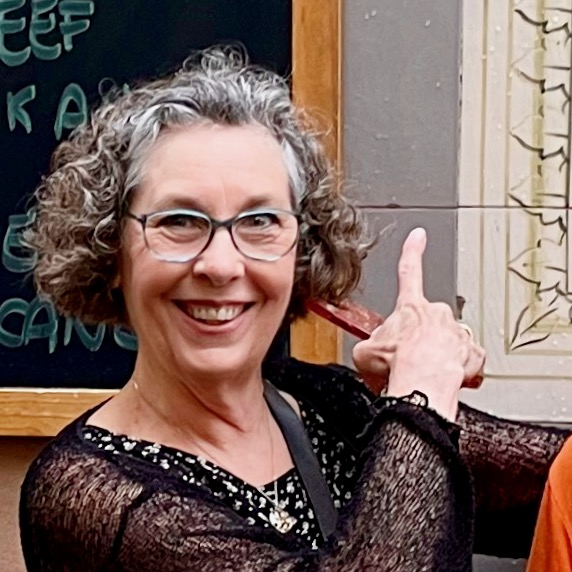For a short time during my travels around Turkey I helped out in a friend’s cay evi (tea house) and became quite a dab hand at making Turkish coffee, called kahvesi. The trick to getting that prized thick foam on top of Turkish coffee is removing the pot – called a cezve (pronounced jez-VEY) – from the heat just before it boils. I think the locals came as much to see the fair foreigner with a smattering of broken Turkish working the coffee burner as they did for the coffee! Here are my tips for how to make Turkish coffee like a professional. For Turkish coffee, the sugar is mixed with the coffee and water before it’s heated, rather than added afterwards, so when ordering you need to indicate your preferred sweetness: sade (without sugar), az şekerli (little sweet, ½ tsp/cup), orta şekerli (medium sweet, 1 tsp/cup), şekerli or çok şekerli (sweet or very sweet, 2 or more tsp/cup). Unlike Arabic coffee, Turkish coffee isn’t made with added spices such as cardamom. When you’ve finished your coffee, place the saucer on top and turn the cup upside down. Let it drain for a minute or so then turn it right way up and peer inside at the remaining coffee grounds to try and make out images that may tell you what lies in store. My travelling companions and I passed many amusing hours with such coffee cup readings! Meet my friend, chef Somer Sivrioğlu, in the video below to learn more about Turkish cuisine.
Serves 2
I buy coffee and other Turkish ingredients from Gima Supermarket in Auburn
Share page on:







